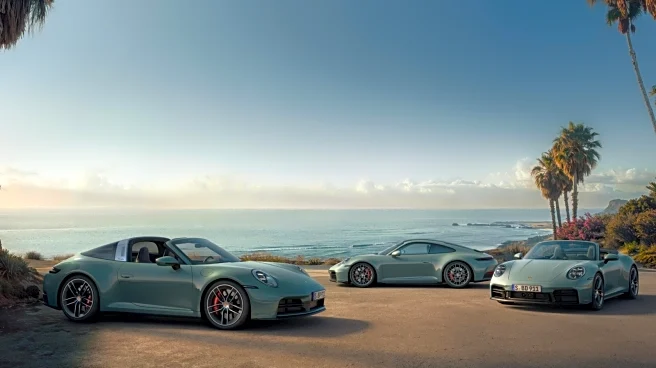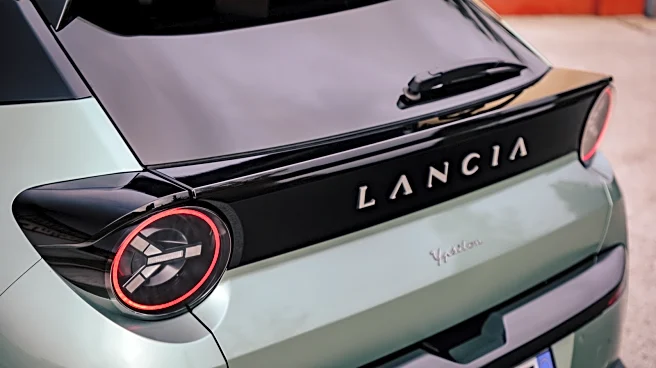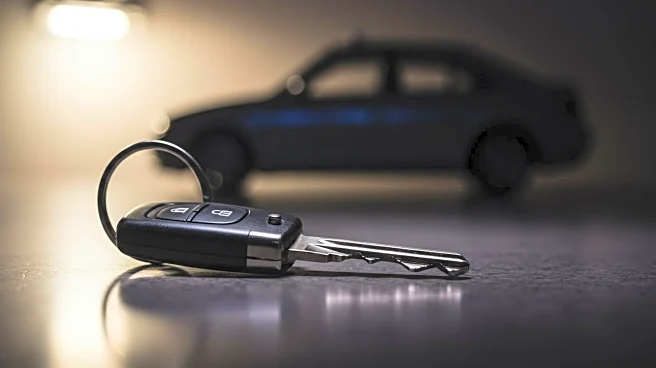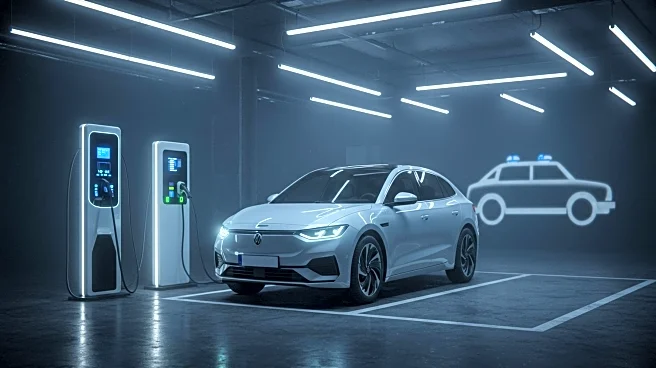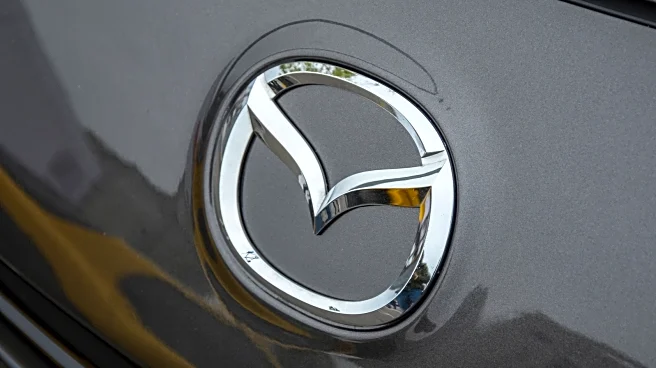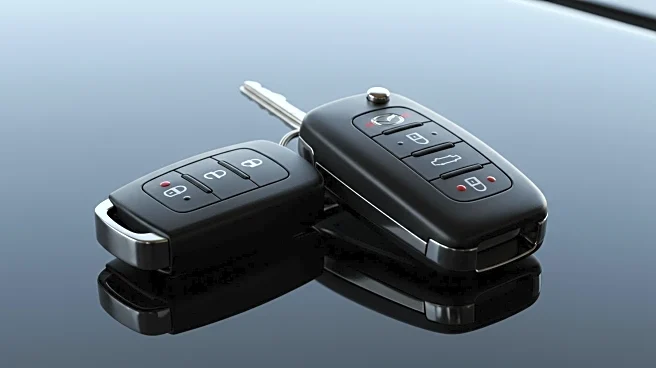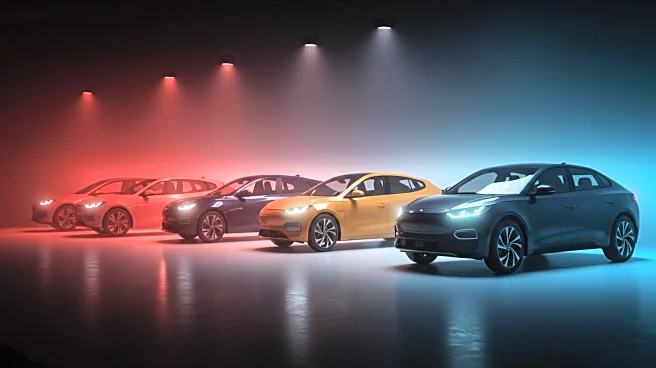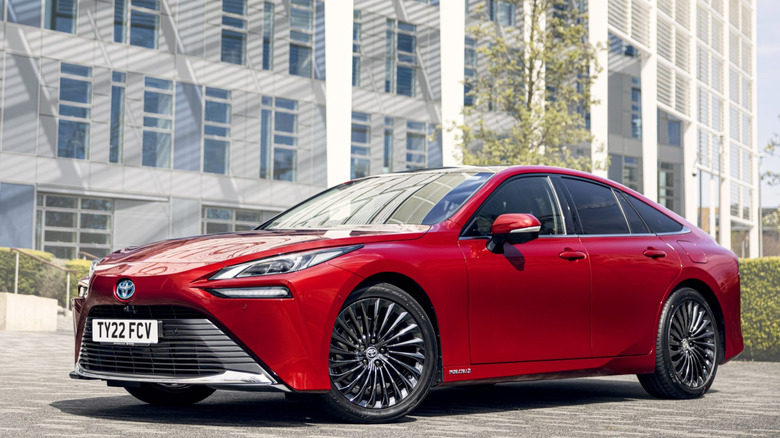
Buying a brand-new car is an exciting proposition for many shoppers. However, depreciation can often dampen the mood, and while some cars are hardly affected by it, there are other models that you'll really regret buying when it comes time to sell
. This is because depreciation can mean the value drops like a stone, and according to a recent report published by CarEdge, the Toyota Mirai stands out as the single worst car to buy in the USA right now, in terms of residual values.The report states that
a Toyota Mirai will retain just 23% of its original value after three years, which is an astoundingly poor figure, especially when you consider the next-worst comes in at 38.3%. A 2025 Toyota Mirai currently carries an MSRP of $51,795, without any additional destination charges or other fees added on. According to CarEdge, the data suggests that after only three years of ownership, a 2025 Mirai will be worth just under $12,000.
The bad news doesn't stop there. You'd think that after losing over three-quarters of its value in the first three years, the Mirai's value might begin to stabilize. However, CarEdge predicts that this downward trend would continue, culminating in a five-year valuation that sits at approximately 21%, and then at just 10% after 10 years. The data assumes an average of 13,500 miles per annum, and it also assumes the car remains in good condition throughout its life.
Read more: 10 Chevrolet Models With Terrible Resale Value
The Reasoning Behind This Toyota's Poor Resale Value
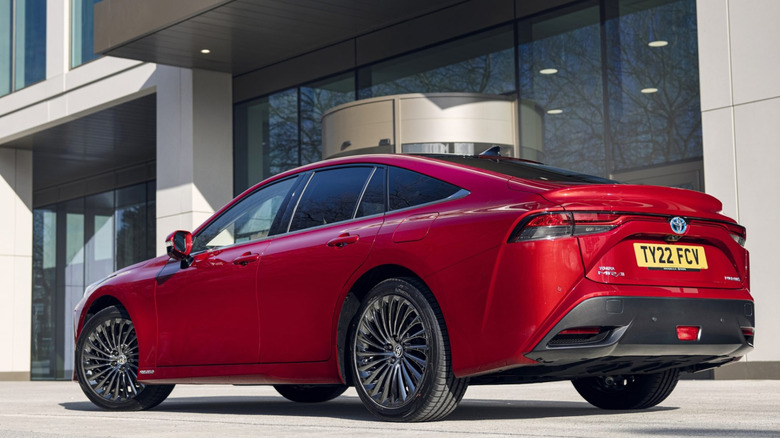
There are many reasons why a car might depreciate fairly fast. For example, the second-worst car for resale values on CarEdge's list is the Dodge Durango, which retains just 38.3% of its value after three years. This is likely because this generation of Durango has been in production since 2011. After almost 15 years now, the Durango is dated when compared to the competition, and therefore suffers in terms of resale value.
This is not the case for the Toyota Mirai. In fact, the Mirai's case is quite unique, as it's a hydrogen fuel-cell vehicle -- one of the very few that have ever made production. The problem with hydrogen-powered vehicles is that the world has pretty much decided that this alternative fuel is not a viable answer for green motoring. The main reasoning for this is that hydrogen fuel-cell vehicles don't offer real benefits over and above what EVs can, and the infrastructure for electric cars is already far more established. It's estimated that the cost per hydrogen filling station is over 2 million dollars, and the cars themselves are expensive to develop as well. Hence why the Toyota Mirai carries an MSRP north of $50,000, whereas a comparable gas-hybrid powered Toyota sedan like the Camry is available for less than $30,000.
Hydrogen refueling can also be tricky to scale up. While it is quicker to refuel a hydrogen-powered car than it is an EV, only an average of 10 to 12 cars can be refueled per hour, per nozzle. Furthermore, there is a safety aspect to consider as well, as hydrogen is an extremely volatile substance, and that's likely to put some customers off.
Want the latest in tech and auto trends? Subscribe to our free newsletter for the latest headlines, expert guides, and how-to tips, one email at a time.
Read the original article on SlashGear.
